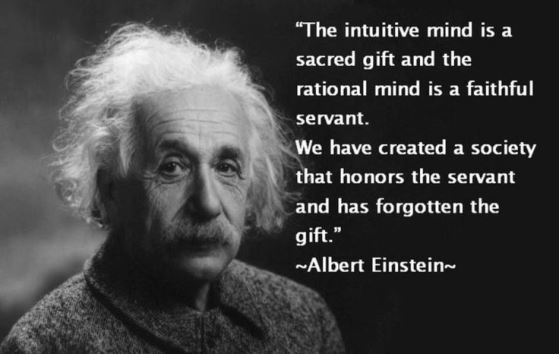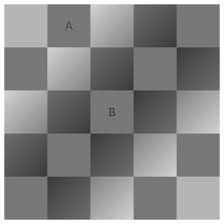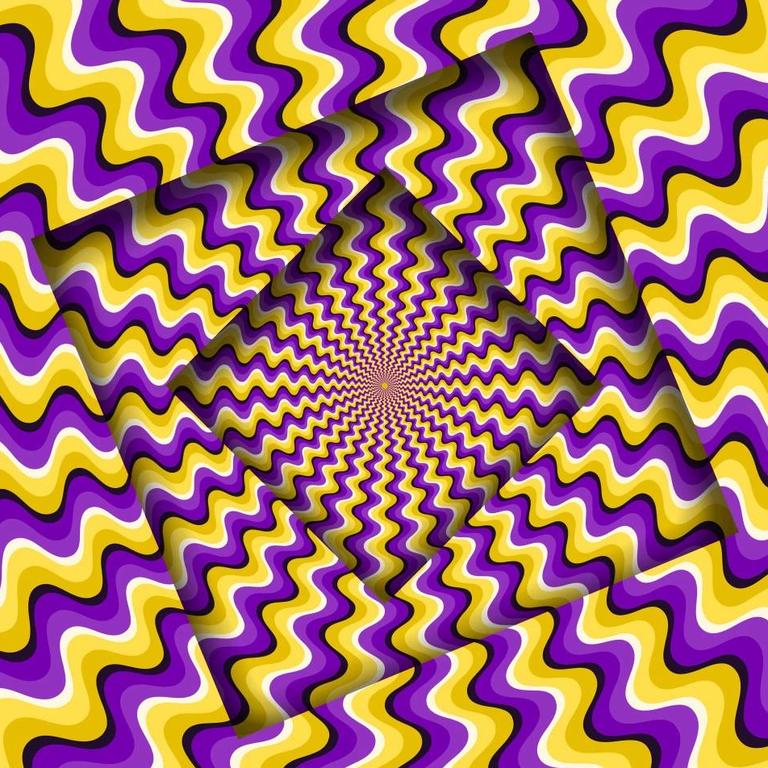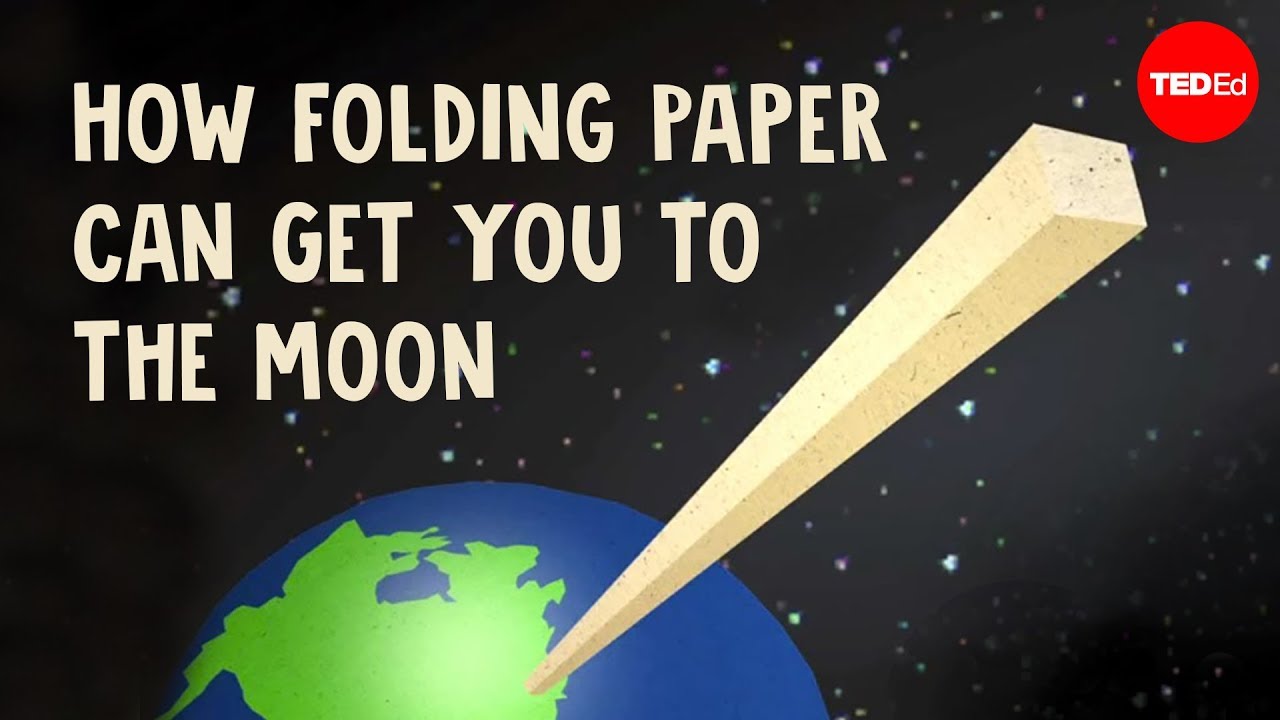
We can think of intuition as a way to know things without thinking about them. We just feel our way through by instinct, by gut feeling, maybe guided by higher powers.
We can hear the arguments for and against something, think about it all night long and in the end we wake up and do what feels right.
We use intuition all the time. We walk into a room and we can tell there’s just been an argument. We don’t need to ask each person what happened. We get the whole picture at once.
When we talk we feel if someone understands us. We don’t need them to fill in a questionaire to prove it.
Actors, dancers, musicans and artists all use intuition to express themselves in ways that can move us to tears.
The history of science is full of stories of sudden and unexpected insights that came when the scientist in question was just chilling out.
It’s like magic when you think about it.
There’s just one problem with intuition: it’s often wrong.
Some years ago, I was walking in the desert in Israel with a friend and she suddenly put her hand to her chest.
‘Are you okay?’
‘I just felt an explosion deep inside my heart!’
I had to tell her that what she had heard was the Israeli army practising nearby.
Why intuition gets it wrong sometimes

Check out the picture above. The squares are different colours, right?
Nope. They’re the same.
Even trippier is this image.

Check out how it moves!
Except it doesn’t. It’s perfectly still. It’s just a kind of a flaw in our eyes.
It’s pretty easy to accept that visual illusions exist. We’re sure of what we see but we’re wrong.
What’s harder to accept is that there are illusions that affect the way we think and understand things too? Something can seem so clear to us and yet be wrong.
For example did you know that if 23 people are at a party, there’s a 50% chance that 2 of them share the same birthday?
It doesn’t seem right, does it? But it is. Check out the maths if you don’t believe us..
And when there are 70 people together there’s a 99.9% chance that 2 people have the same birthday!
Or how about if we had a really big piece of paper and we folded it 45 times. How high would it go?

How is that possible? A piece of paper is only 0.1cm thick! But take out a calculator and hit 0.1 x 2 and do it 45 times and you’ll see. It doesn’t seem right but it is.
One last example is a puzzle: Jack is looking at Anne, but Anne is looking at George. Jack is married, but George is not. Is a married person looking at an unmarried person?
A: Yes
B: No
C: there isn’t enough information.
On average, 80% of people get this one wrong! (Answer at the bottom of the page)
The lesson from these examples is that we shouldn’t always just trust what seems right.
In some scenarios – social interactions, life choices, artistic expression – intuition is one of the best tools we have. It can give us a holistic picture in a way facts never could.
But when it comes to facts, numbers and science, intuition alone can’t be relied on to give us the right answer. That’s when you need rational thinking.
Who would get into a plane otherwise? I know from the numbers that it’s a safe way to travel but when we’re taking off my intuition screams at me that we’re in a flying metal death bird!
Intuition and rational thinking can work together. When a musician plays a dazzling solo they’re using their creativity and intuition – but they also know their scales. Otherwise we could all pick up a saxophone in a creative mood and sound good.
A dancer can channel grace and inspiration so it looks like they’re walking on water – but they’ve also trained their muscles and balance over years.
And so it is with science and thinking. Intuition plays a key role in seeing patterns, uncovering insights, asking the right questions. But it’s only by training our minds that we can stop ourselves from being fooled by illusions.
[the answer to the puzzle is A. If Anne was married then she would be looking at George who is unmarried. If she was unmarried then Jack is looking at her. Either way a married person is looking at an unmarried person.]
Further reading:
https://www.insidescience.org/video/how-do-optical-illusions-work – more on optical illusions and how they work.
https://www.apa.org/monitor/mar05/misfires – thoughts on why intuition sometimes lets us down.

